The mandible, or lower jawbone, is a critical structure in the human anatomy, playing a vital role in mastication, speech, and facial aesthetics. Among its many anatomical features, the internal oblique ridge of the mandible stands out as a significant landmark for dental and medical professionals. This article delves into the anatomy, function, and clinical relevance of the internal oblique ridge, also referred to as the oblique ridge mandible, providing a detailed exploration of this essential structure.
What is the Internal Oblique Ridge of the Mandible?
The internal oblique ridge is a bony prominence located on the inner surface of the mandible. It runs diagonally from the ramus of the mandible toward the body, serving as an attachment site for several muscles and ligaments. This ridge is particularly important in dental and maxillofacial contexts due to its proximity to vital structures such as the mandibular canal and the roots of the lower molars.
The oblique ridge mandible is often confused with the external oblique ridge, which is located on the outer surface of the mandible. However, the internal oblique ridge is distinct in its location and function, making it a key area of interest for clinicians.
Anatomical Features and Location
The internal oblique ridge of the mandible begins near the mandibular foramen on the medial side of the ramus and extends downward and forward toward the alveolar process. It is positioned parallel to the mylohyoid line, another important anatomical landmark. The ridge is more pronounced in some individuals than others, depending on factors such as age, genetics, and dental health.
Key anatomical relationships of the internal oblique ridge include:
-
Mylohyoid Muscle: This muscle attaches to the mylohyoid line, which runs adjacent to the internal oblique ridge.
-
Submandibular Gland: Located near the ridge, this gland is essential for saliva production.
-
Mandibular Canal: The ridge is situated close to the canal, which houses the inferior alveolar nerve and vessels.
Clinical Significance of the Oblique Ridge Mandible
The internal oblique ridge of the mandible holds significant clinical importance in various dental and surgical procedures. Understanding its anatomy is crucial for avoiding complications during treatments such as dental implant placement, orthognathic surgery, and mandibular fracture repair.
-
Dental Implant Placement: The ridge serves as a reference point for determining the optimal position and angulation of dental implants. Its proximity to the mandibular canal necessitates careful planning to avoid nerve damage.
-
Orthognathic Surgery: Surgeons must consider the internal oblique ridge when performing procedures to correct jaw misalignments. The ridge's location influences the placement of osteotomy cuts and fixation devices.
-
Mandibular Fractures: In cases of mandibular fractures, the internal oblique ridge can act as a guide for aligning and stabilizing the broken segments.
-
Periodontal Health: The ridge's relationship with the alveolar bone makes it relevant in periodontal treatments, particularly in cases of bone loss or gum disease.
Radiographic Identification of the Internal Oblique Ridge
Radiographic imaging, such as panoramic X-rays and cone-beam computed tomography (CBCT), is essential for visualizing the internal oblique ridge of the mandible. These imaging techniques allow clinicians to assess the ridge's morphology, identify any abnormalities, and plan treatments with precision.
On radiographs, the oblique ridge mandible appears as a radiopaque line running diagonally along the inner surface of the mandible. Its clarity and visibility can vary depending on the imaging technique and the patient's anatomical variations.
Common Pathologies Associated with the Internal Oblique Ridge
While the internal oblique ridge is a normal anatomical structure, certain pathologies can affect its integrity or function. These include:
-
Mandibular Tori: Bony growths that can develop near the ridge, potentially interfering with dental prosthetics.
-
Osteomyelitis: Infection of the mandibular bone that may involve the ridge.
-
Trauma: Fractures or injuries to the mandible can impact the ridge's structure and function.
Conclusion
The internal oblique ridge of the mandible is a vital anatomical feature with significant implications for dental and medical professionals. Its role in muscle attachment, proximity to critical structures, and relevance in clinical procedures underscore the importance of understanding its anatomy and function. Whether you're a dentist, oral surgeon, or radiologist, a thorough knowledge of the oblique ridge mandible is essential for providing effective and safe patient care.
By incorporating advanced imaging techniques and staying informed about the latest research, clinicians can continue to improve their understanding of this important structure and its role in oral and maxillofacial health.











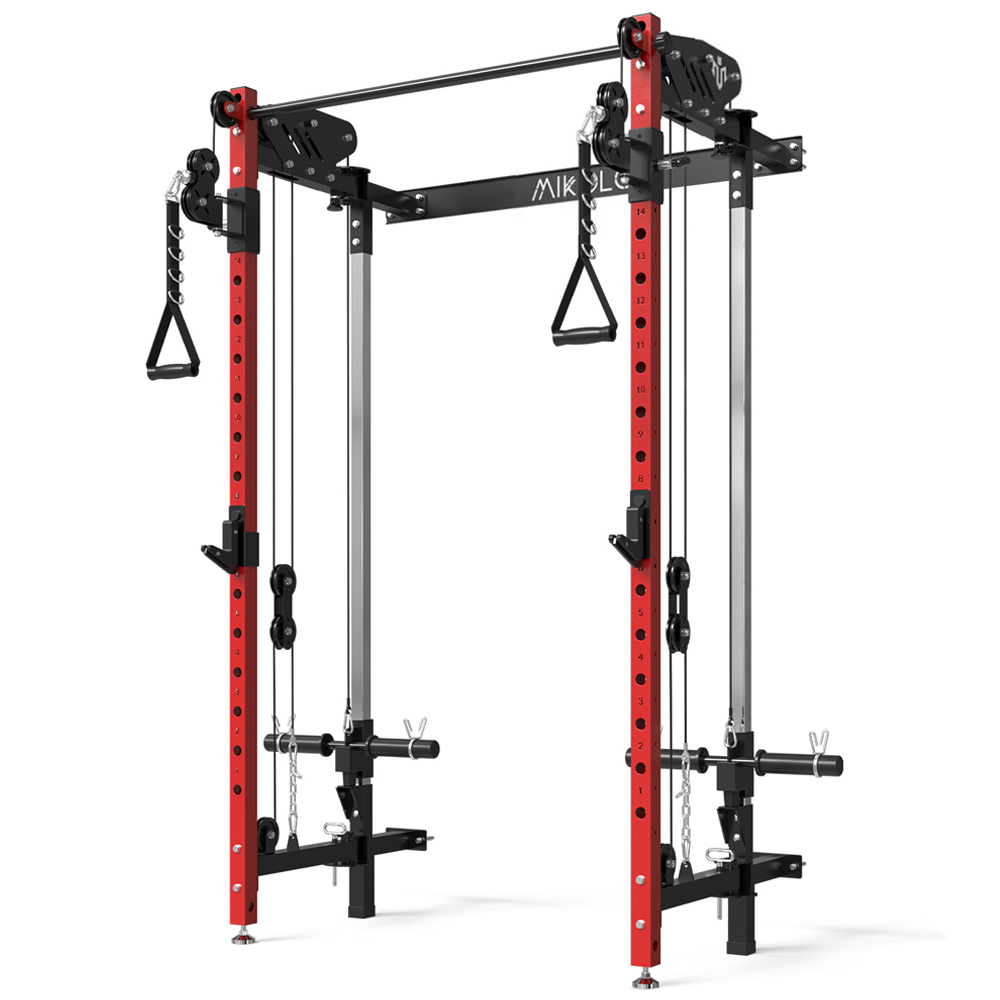









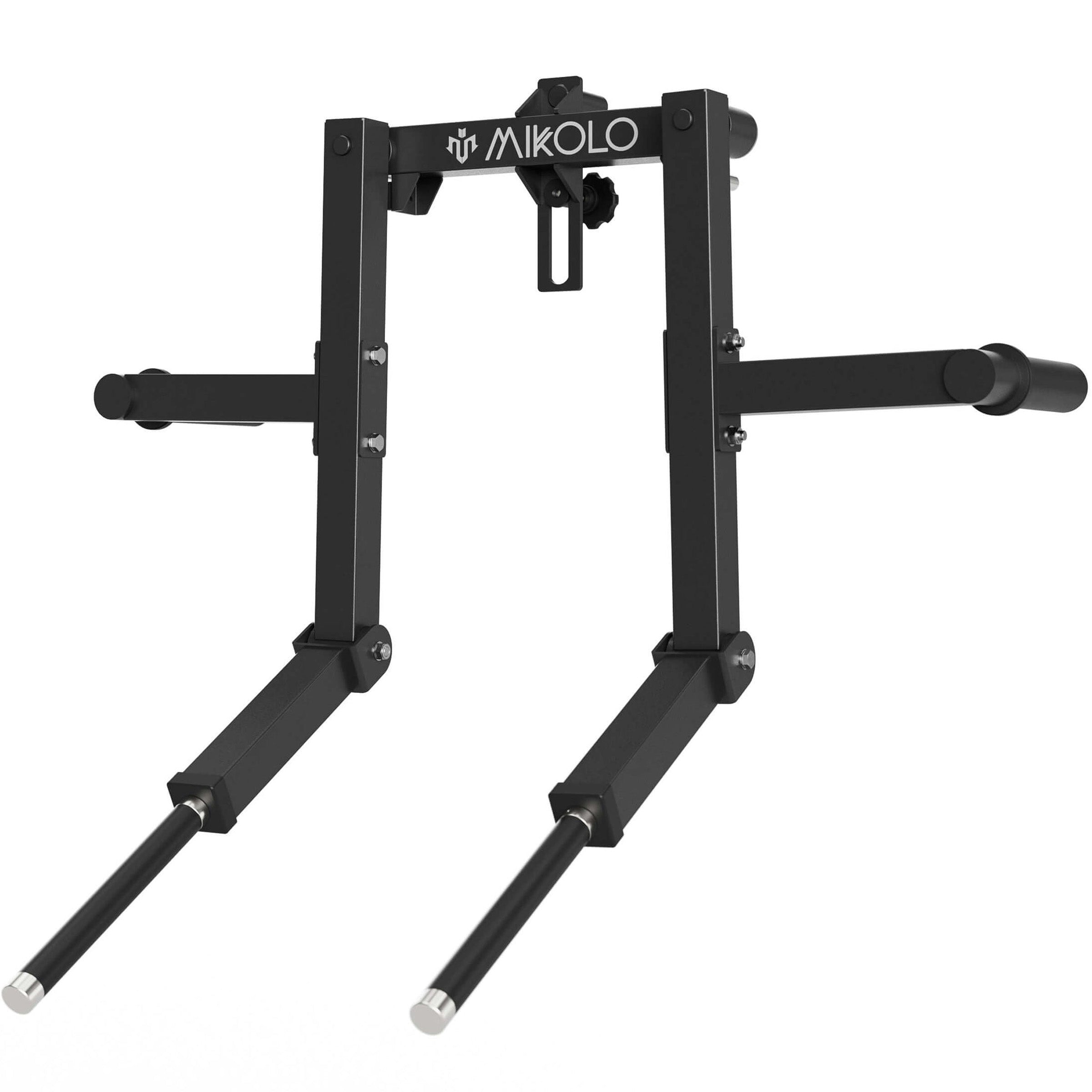

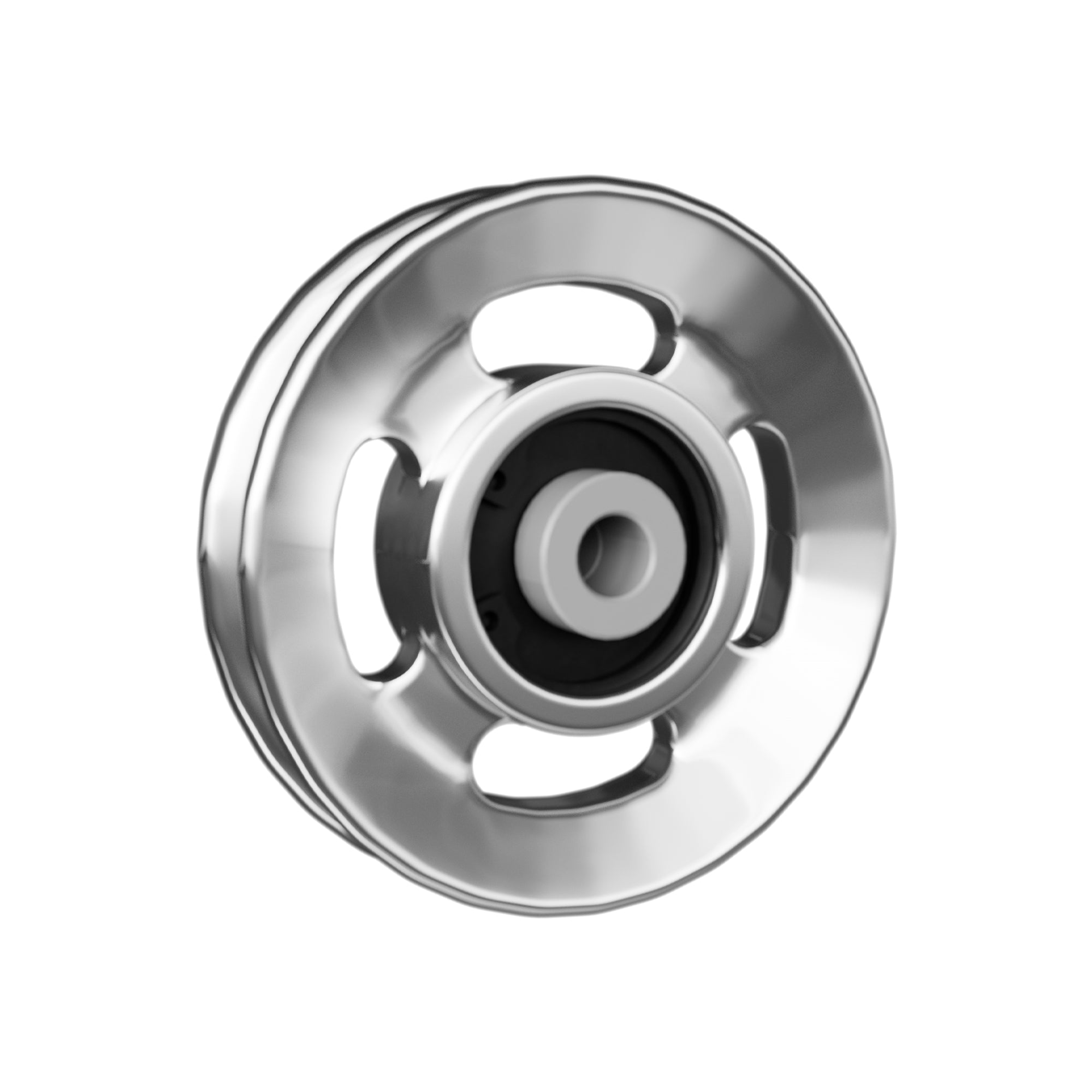




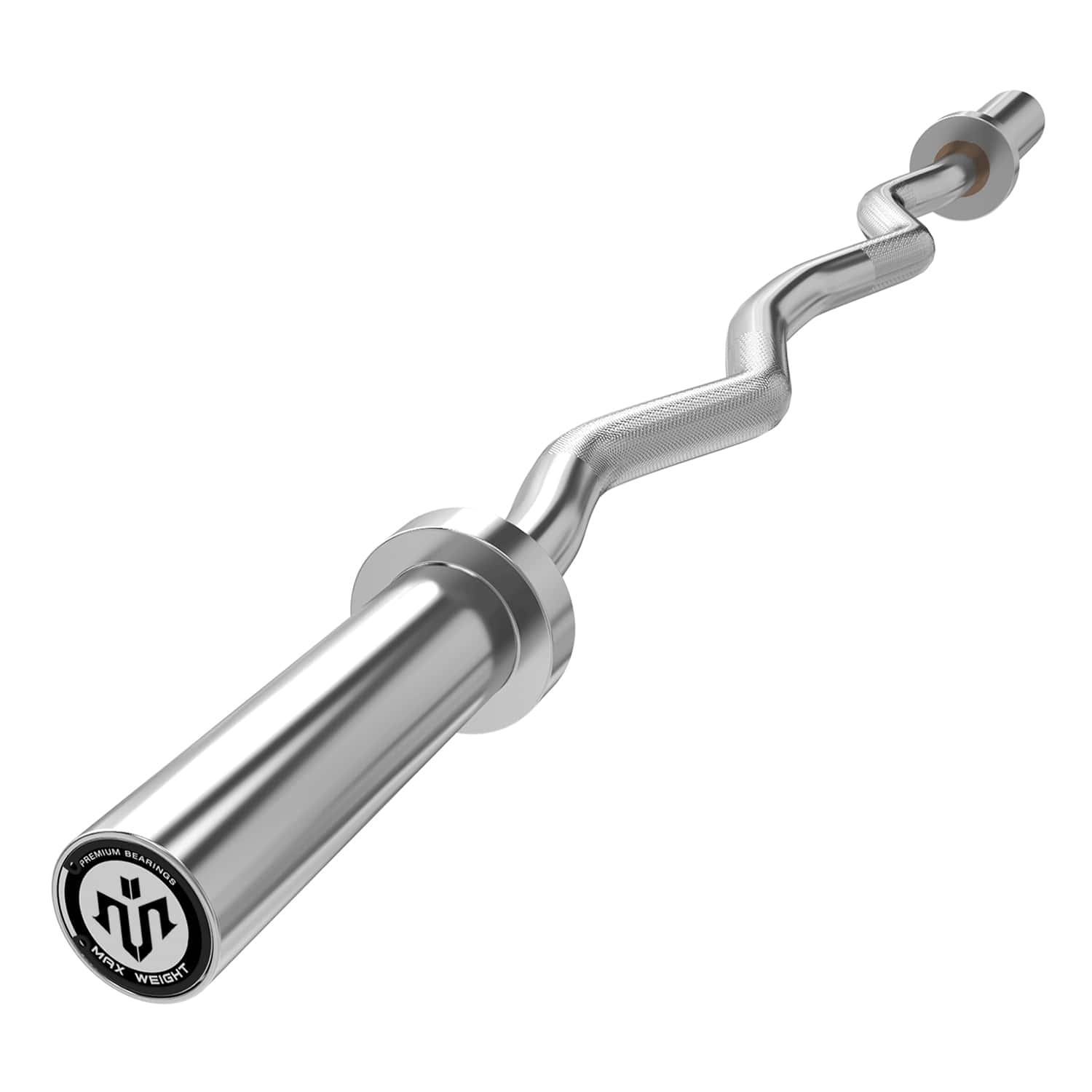
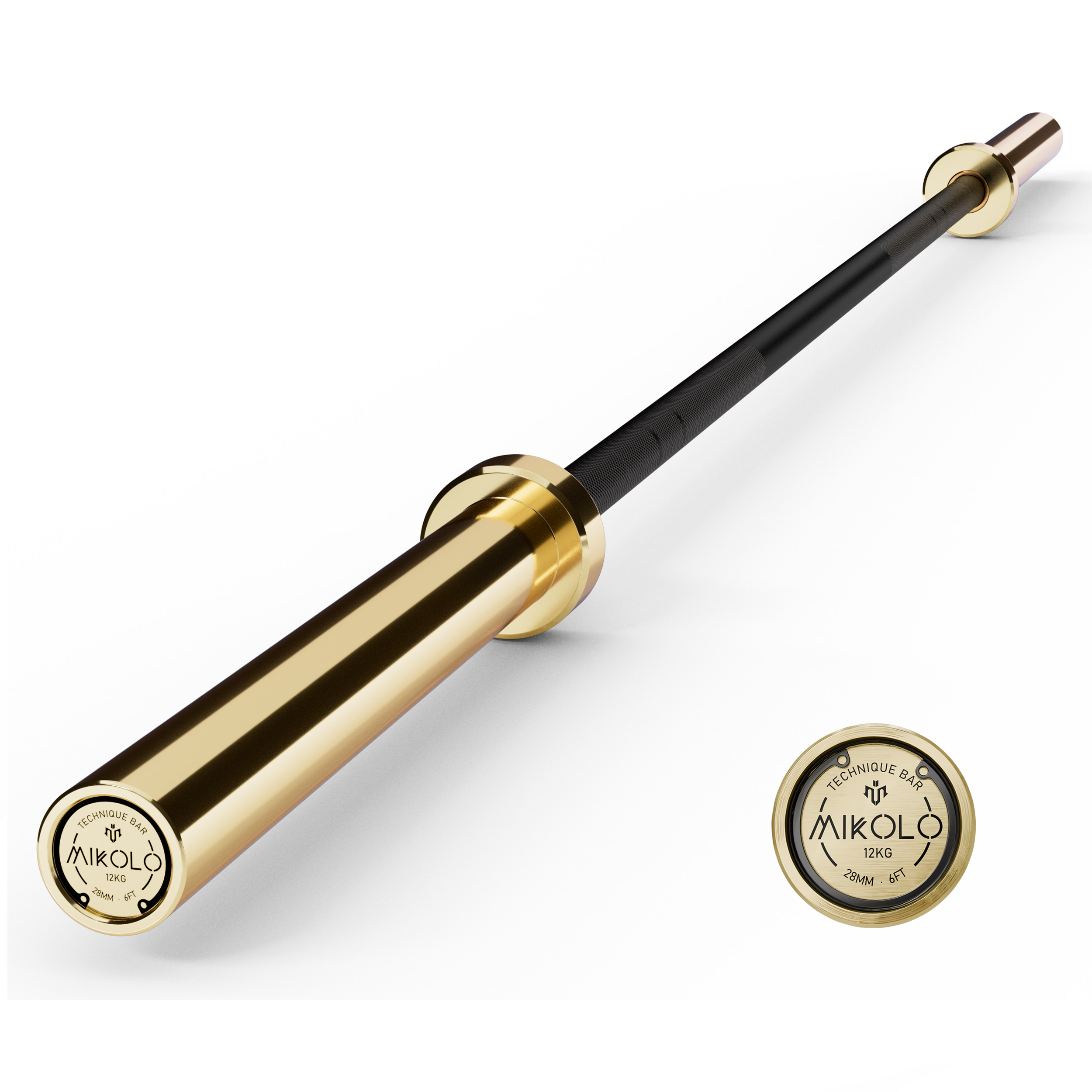







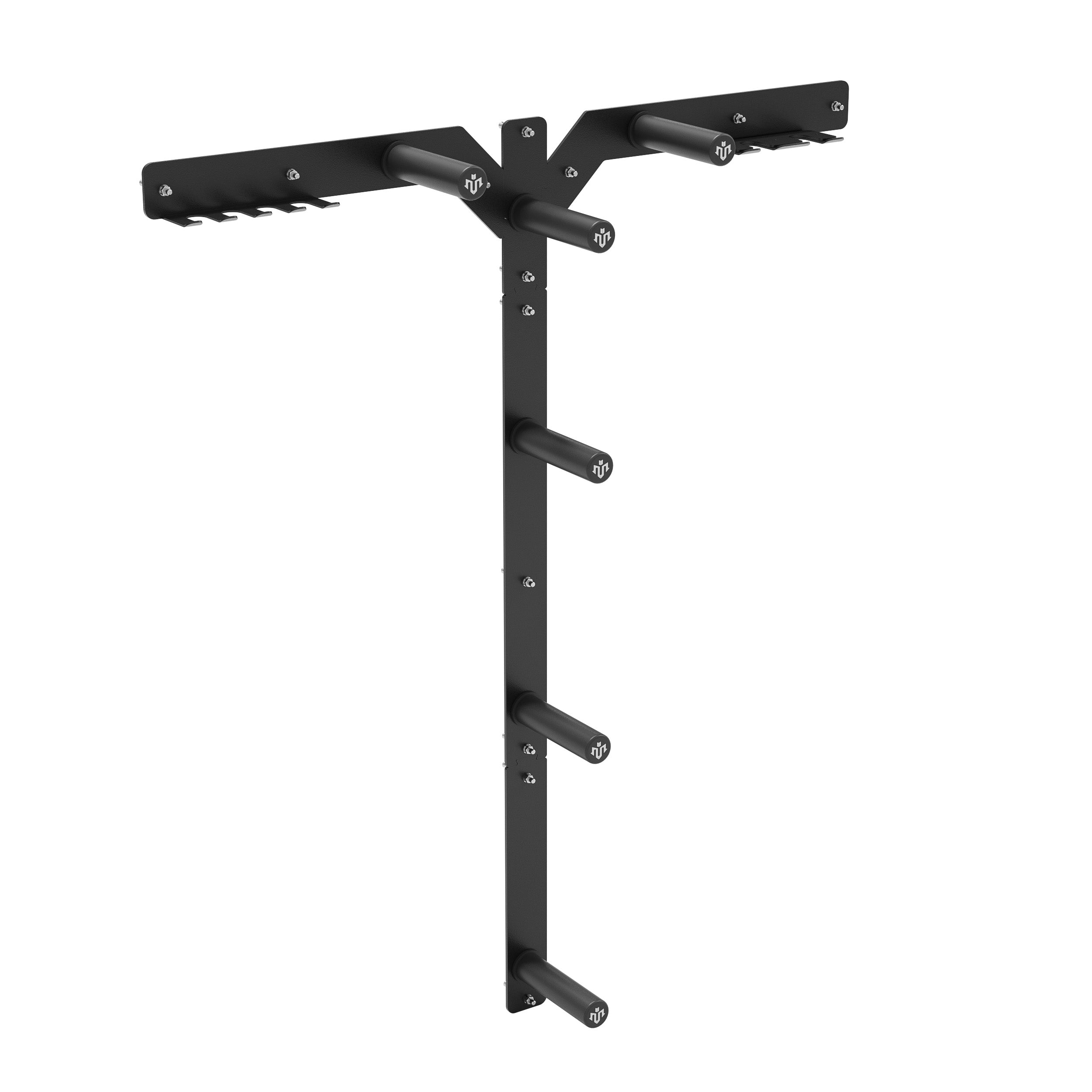
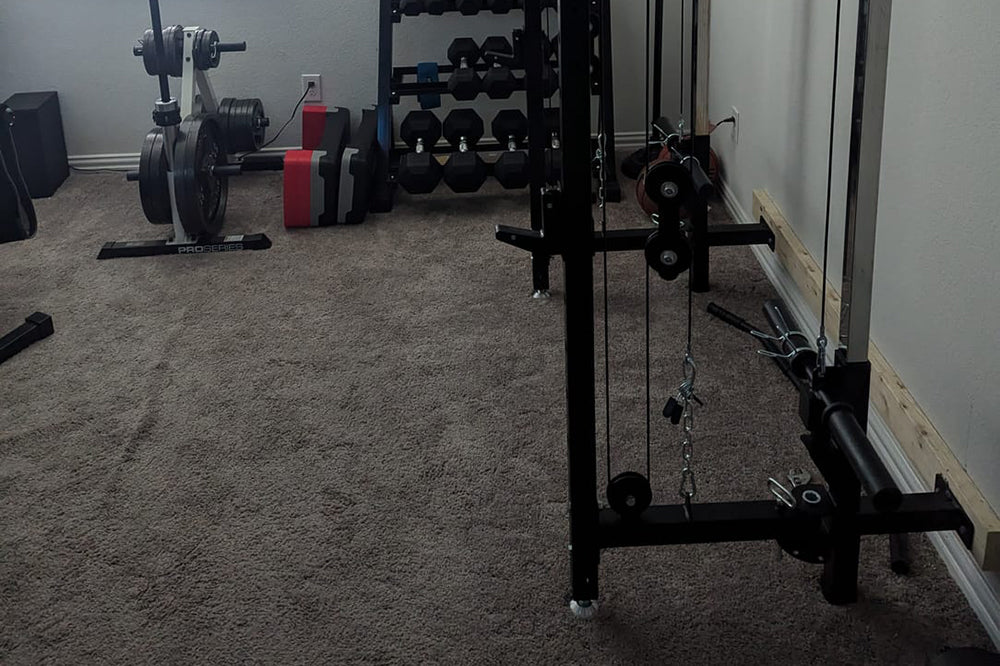




Leave a comment
This site is protected by hCaptcha and the hCaptcha Privacy Policy and Terms of Service apply.